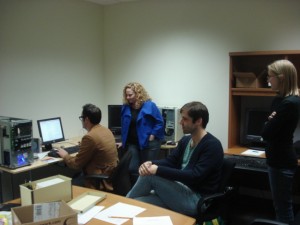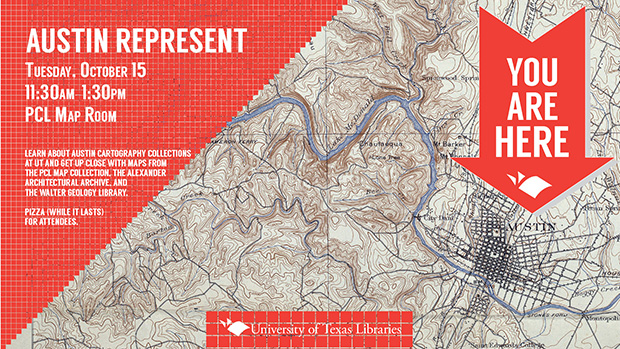
iSchool students digitally archive George and Geraldine Andrews materials
In the Spring 2010 semester, School of Information students completed a project to digitally archive materials in the George F. and Geraldine D. Andrews collection. The project team includes Tim Arnold, Matthew McKinley, Lisa Rivoir, and Kathryn Pierce, who were School of Information students in Dr. Patricia Galloway’s Problems in the Permanent Retention of Electronic Records course.
The team accessed files on 3.5 inch and 5.25 inch floppy disks used by George and Geraldine Andrews in the course of their extensive documentation of Maya architectural sites. Andrews’ field work documenting Maya architecture began in the 1950s. He, along with his wife, Gerrie, conducted architectural surveys at field sites from 1958 through 1997. The two compiled a rich collection of records, including measurements, architectural drawings, sketches, photographs, and descriptive text, documenting sites in the Puuc, Chenes-Puuc, Chenes, and Río Bec regions of the central Yucatán Peninsula. The pair documented approximately 800 buildings at 224 archaeological sites.
The iSchool students used resources in the newly established Digital Archeology Lab in the School of Information to access the older media. The goals of the project were to inventory the floppy disks, take disk images, access the files,and ingest these materials into Pacer, the DSpace digital repository hosted by the School of Information.
The project is the Alexander Architectural Archive’s first foray into digital archeology. One remaining goal of this project is to add the recovered files to the set of digital materials from the George and Geraldine Andrews collection that are being deposited into the University of Texas Digital Repository.



